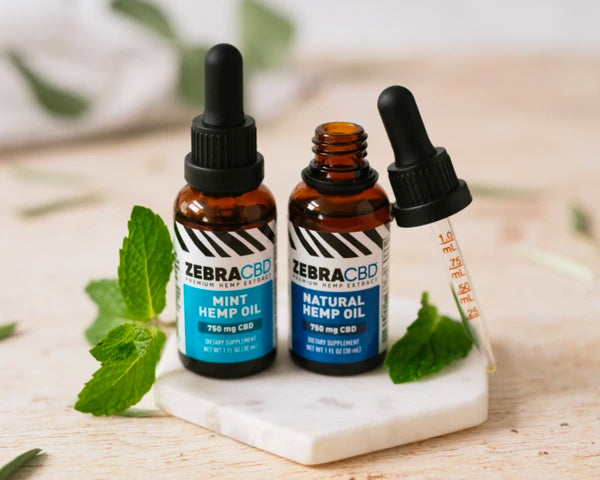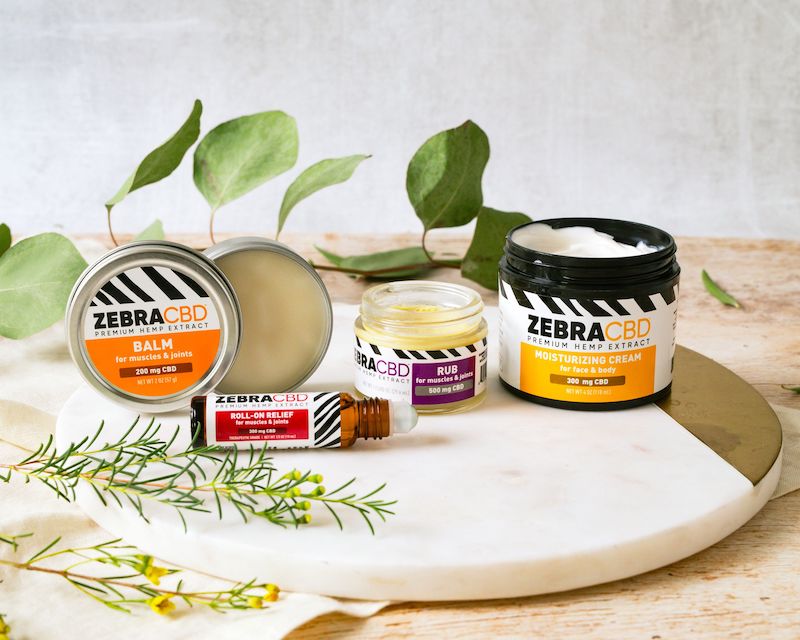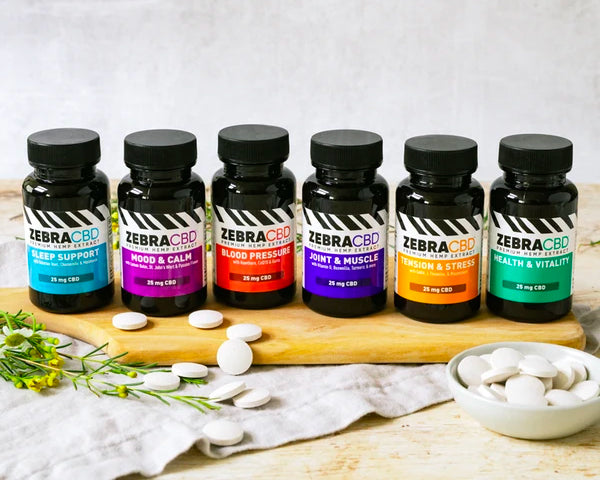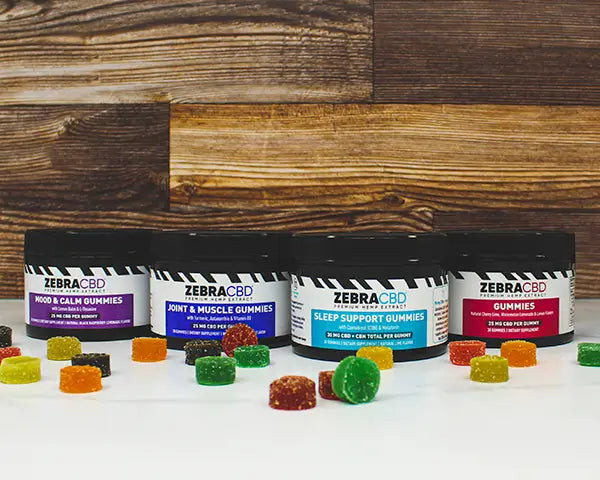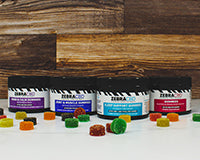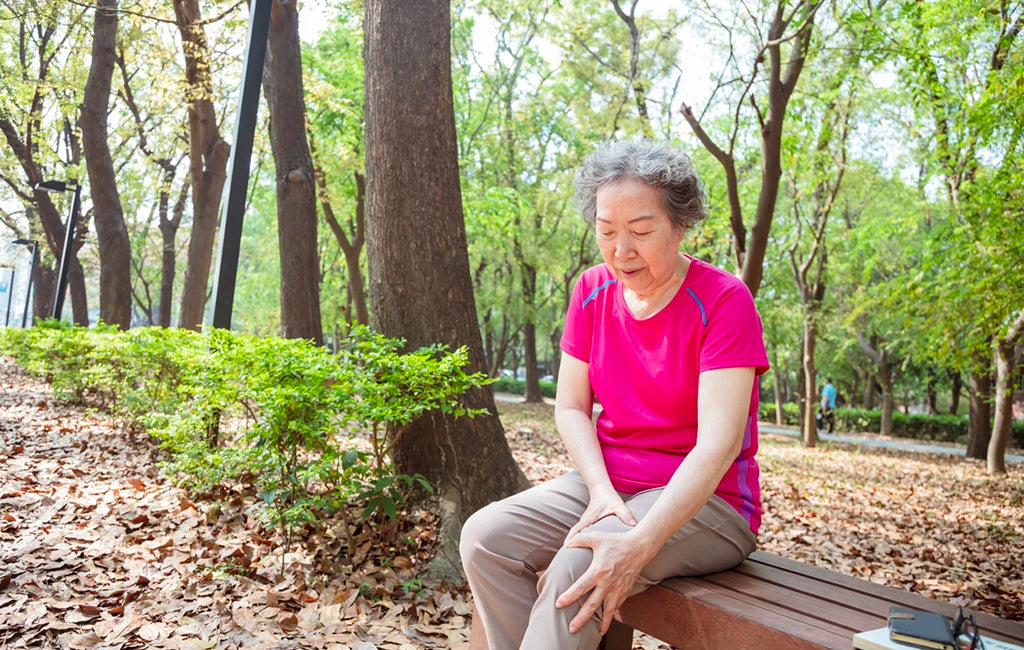
As we age our knees become more susceptible to injury and pain because our ligaments and muscles weaken and the cartilage in our knees deteriorates. With more active individuals, over 50, still working out and exercising, joint discomfort can be limiting.
If you are experiencing knee pain or you’re just looking to take preventive action by strengthening your knees and avoiding injury in the future, this article is for you.
Here’s a look at the 3 most effective things you can do to relieve knee pain:
- Ice and heat – If pain in your knee is the result of an injury, apply ice to it immediately. You should move the ice frequently. Don’t allow it to sit on one spot for a prolonged period. Keep your knee elevated above your heart when applying ice, and apply the ice for only 15 to 20 minutes at a time. This reduces the risk of damage to your soft tissues. (Always have a layer of protection between your skin and the ice.) After a minimum of 45 minutes, you can apply ice to the area again. Repeating this procedure can reduce inflammation and swelling. You can follow this procedure as long as necessary if the area is warm to the touch and seems relatively normal. After the first three days (or whenever the swelling has lessened), apply heat. Do not apply heat too soon as it can increase the swelling (and pain). For chronic knee pain, applying heat can relieve muscle and joint stiffness or ease a muscle spasm. You can also use heat to warm up your joints before physical activity. You may want to use both: heat therapy to warm up your joints and cold therapy after you exercise to reduce swelling, inflammation and pain.
- Knee exercises – If you get the OK from your doctor, you should start doing knee exercises to strengthen the muscles in your knees and keep them flexible. Start slow and build up over time. Always warm up with a two-minute walk or five minutes on a stationary bike. Healthline.com maps out (with pictures) 10 exercises to help relieve knee pain. If you’d like to see the exercises performed, YouTube has many videos demonstrating exercises that will help strengthen your knees.
- CBD – CBD may help support healthy recovery from exercise-induced joint discomfort. A 2016 study published on the National Center for Biotechnology Information website concluded that “these studies demonstrate transdermal administration of CBD has long-lasting therapeutic effects without psychoactive side effects.”If you’re looking to try CBD for exercise-induced knee pain, try combining our CBD Rub for immediate relief with an edible CBD product made specifically to address occasional joint and muscle discomfort, like Zebra CBD Joint & Muscle Gummies and tablets. These condition-specific products contain not only CBD but additional natural ingredients like turmeric, astaxanthin, Boswellia extract and ginger — all known to contribute to maintaining healthy joints.
If you can’t bear weight on your knee, are unable to flex your knee, have severe knee pain or have a fever in addition to pain and swelling in your knee, call your doctor ASAP.
The knee is the largest and most complex joint in your body, so it follows that it’s also one of the body’s most stressed joints. Adhering to the old axiom “An ounce of prevention is worth a pound of cure” will help keep your knees healthy, naturally. By incorporating the soothing benefits of CBD oil roll-on, you can contribute to easing muscle and joint discomfort, increase the chances you will be pain-free as you age.

